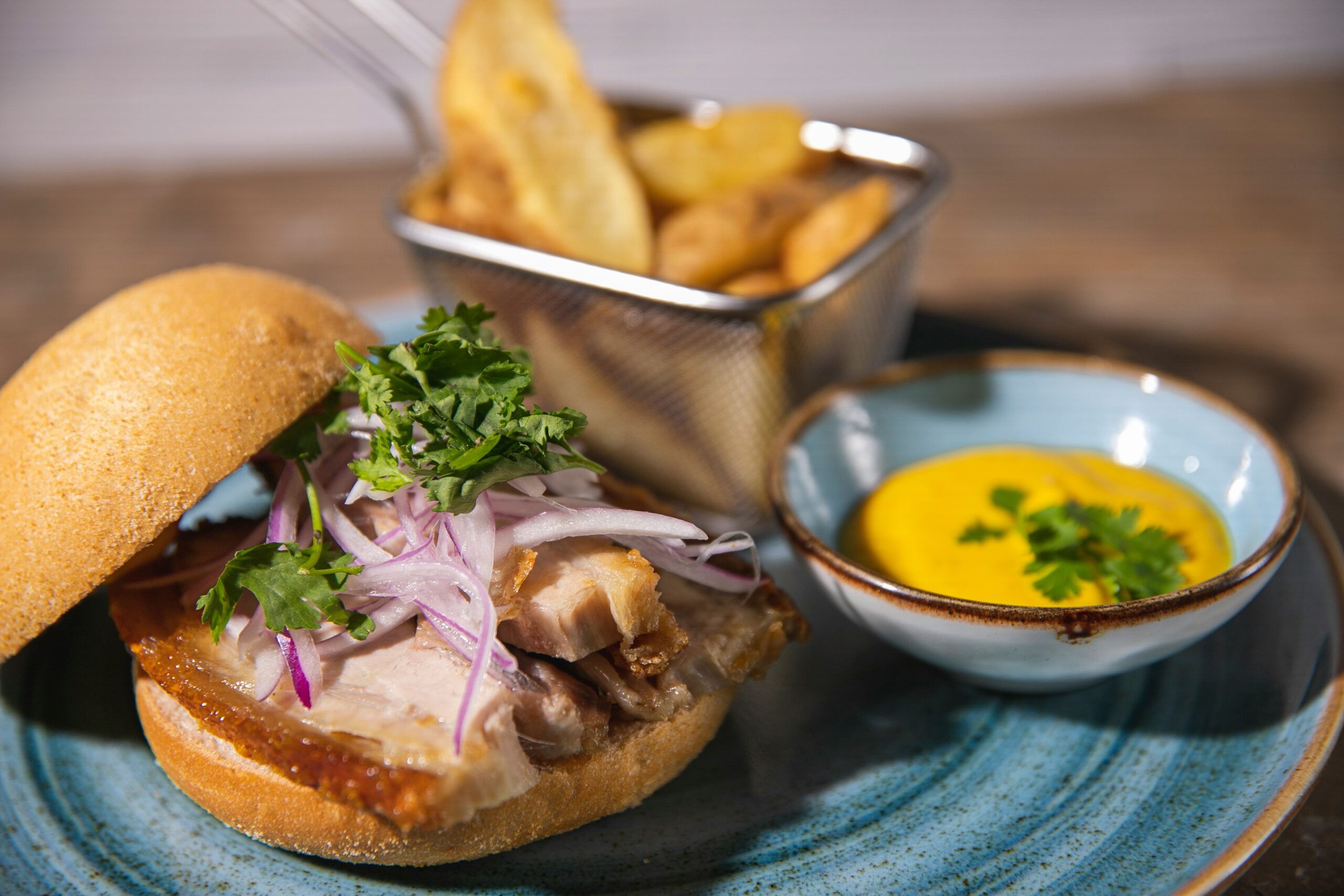
Food photography has become a vital component of culinary culture in the era of social media. Whether you’re an aspiring photographer or simply a foodie looking to capture your meals in the best light, this art form combines creativity with technical skills. With a few simple techniques, anyone can take stunning photos that make their meals look as delicious as they taste. Here’s a guide on how to photograph your food beautifully, whether you’re using a professional camera or your smartphone.
Lighting is Key
Lighting plays a vital role in any photograph, and food photography is no exception. Natural light is usually the best option when photographing food, as it provides a soft, flattering look that artificial lights can’t match. The best time to capture food in natural light is during the day when sunlight is abundant, ideally in the morning or late afternoon when the light is softer.
Try positioning your food near a large window to take advantage of the diffused natural light. Avoid direct sunlight as it can cause harsh shadows and overexposure. If you’re shooting indoors and natural light is unavailable, use artificial lighting that mimics daylight, such as a softbox or LED panels with a color temperature of around 5000K to keep your photos well-lit.
Composition Matters
When it comes to food photography, the way you arrange your food and other elements in the frame makes a huge difference in the final image. Composition helps guide the viewer’s eye and enhances the visual appeal of the dish. Start by choosing a clean and simple background to ensure your food is the focal point of the photo.
A good way to start experimenting with composition is by using the rule of thirds. Imagine dividing your frame into nine equal parts with two vertical and two horizontal lines. Place the most essential elements of your dish, such as the main item or garnish, along these lines or at their intersections for a balanced and harmonious presentation. Experiment with different angles, such as overhead, side, or close-up shots, to see which works best for your dish.
Focus on Details and Textures
One of the unique aspects of food photography is the ability to highlight textures and intricate details that make a dish visually appealing. Zoom in on specific elements of the food, such as the smooth texture of a chocolate cake or the crispy crust of a pizza. These details add richness to the image and can evoke a sense of taste and smell, making the viewer’s mouth water.
Don’t be afraid to showcase the beauty in the imperfections of food. For example, a slice of pie with a flaky crust or a bowl of pasta with a bit of sauce dripping down can make the shot more realistic and relatable. Try to capture the food in a way that conveys its texture, whether it’s the smoothness of cream, the shine of fruit, or the rustic appearance of freshly baked bread.
Use Props and Styling to Enhance the Scene
While food should be the star of the photo, props and styling can help to tell a story and set the mood. Props like plates, napkins, utensils, and even a cup of coffee or a glass of wine can add depth to your composition and help create a more dynamic scene. Choose props that complement the food without overpowering it. For example, a rustic wooden table can add warmth to a hearty stew, while a minimalist white plate can highlight the colors and details of a delicate dessert.
When styling your food, think about the colors and shapes. Brightly colored ingredients can create a lively and fresh look, while darker, richer tones work well for more sophisticated dishes. Don’t forget to adjust the positioning of the food and props until you find the most flattering arrangement.
Editing and Enhancing Your Photos
After taking your food photos, it’s time to enhance them with some editing. Although it’s essential to get the lighting and composition right from the start, post-processing can help refine the final image. Basic editing tools, such as brightness, contrast, and saturation adjustments, can enhance the colors and details of the food, making it appear more vibrant and visually appealing.
However, avoid over-editing, as this can make the food look unrealistic. Subtle adjustments are often enough to make the photo stand out without compromising the dish’s natural beauty. For example, enhancing the contrast between the light and dark areas of the image can add depth, while adjusting the temperature can make the food look warmer or cooler depending on the mood you want to create.
Food photography is more than just snapping a picture of what’s on your plate—it’s about capturing the essence and beauty of the meal. By paying attention to lighting, composition, and the finer details of your dish, you can create images that not only highlight the food but also tell a story. With practice, anyone can master the art of photographing food and share delicious moments with the world.